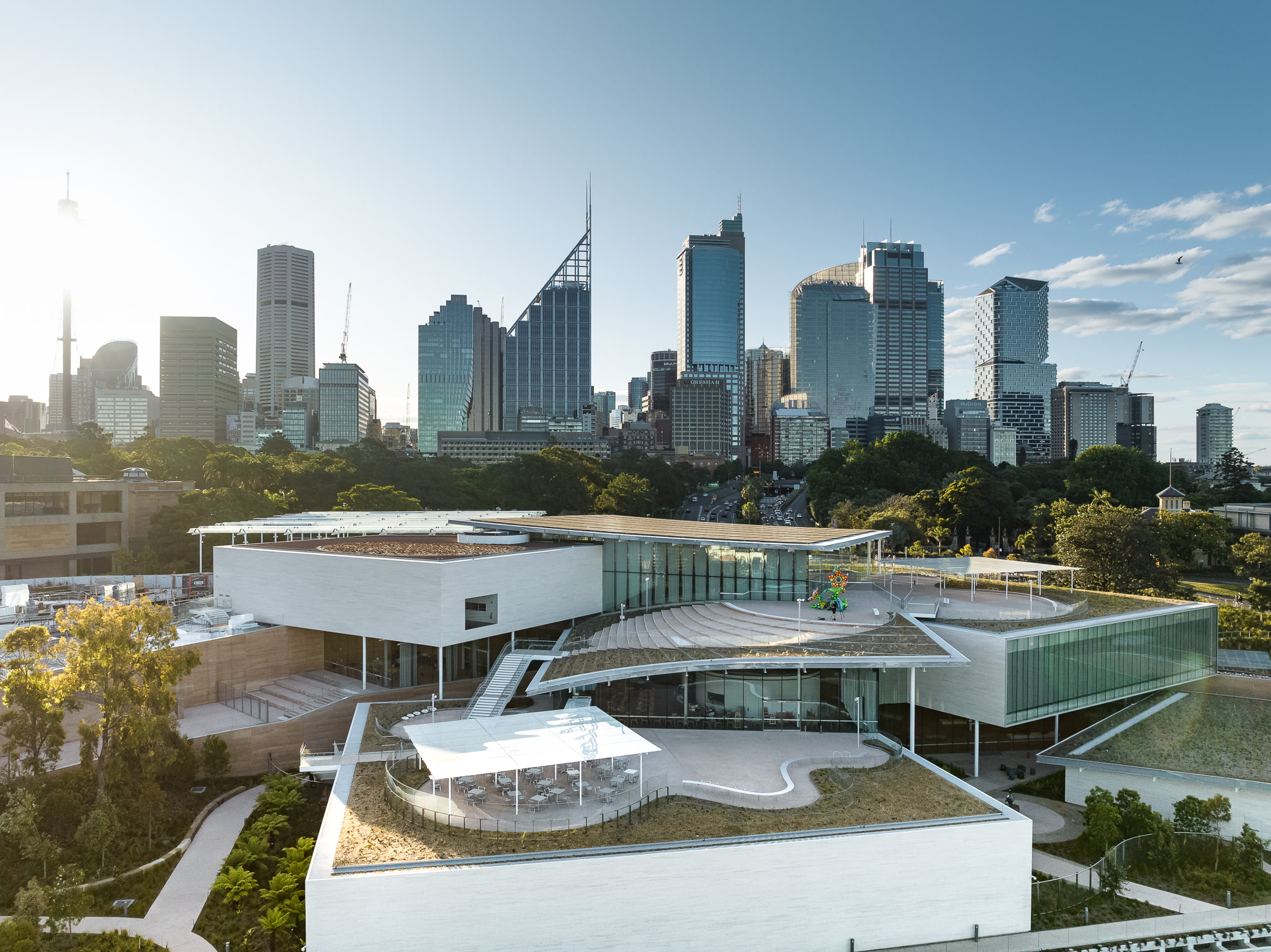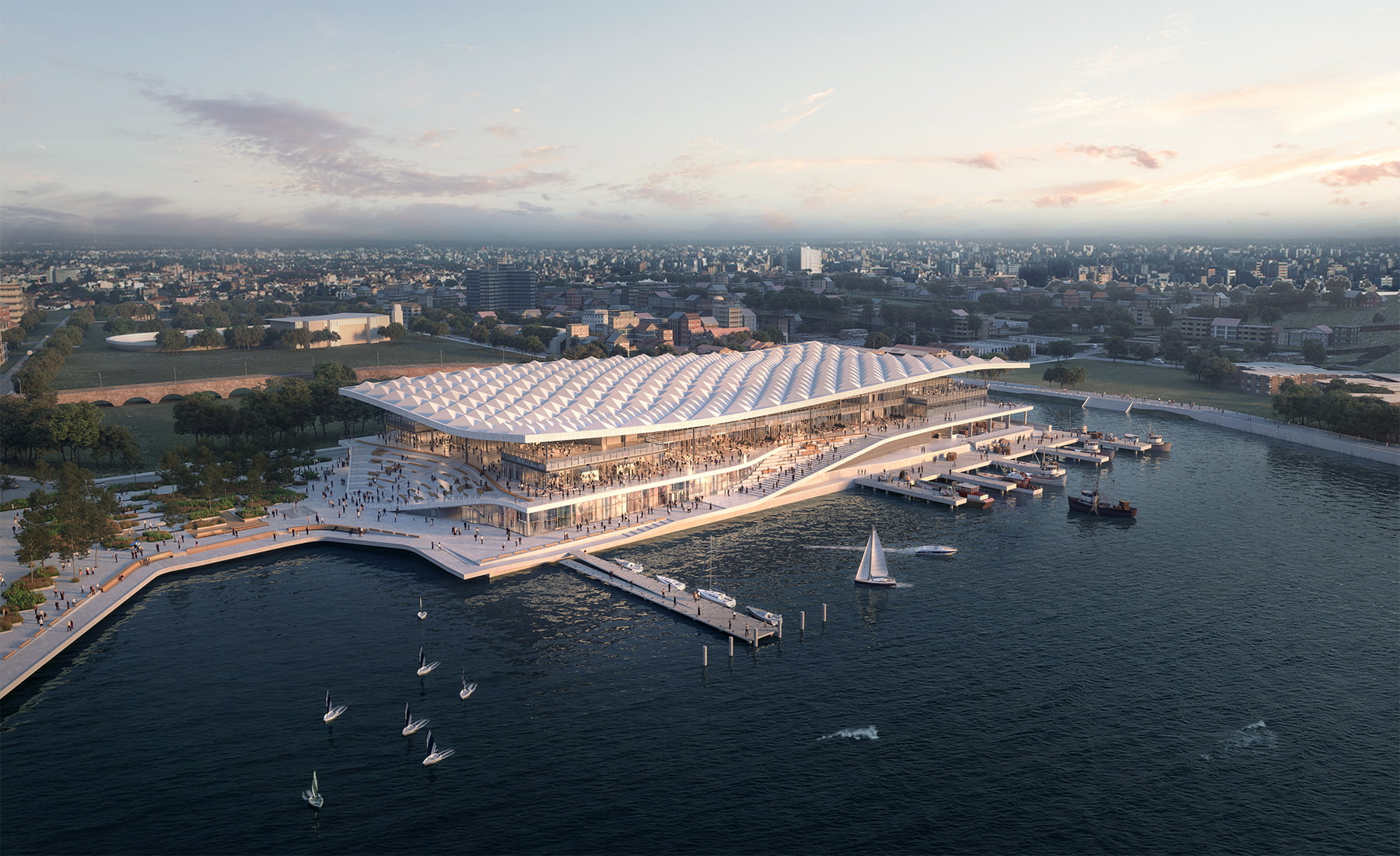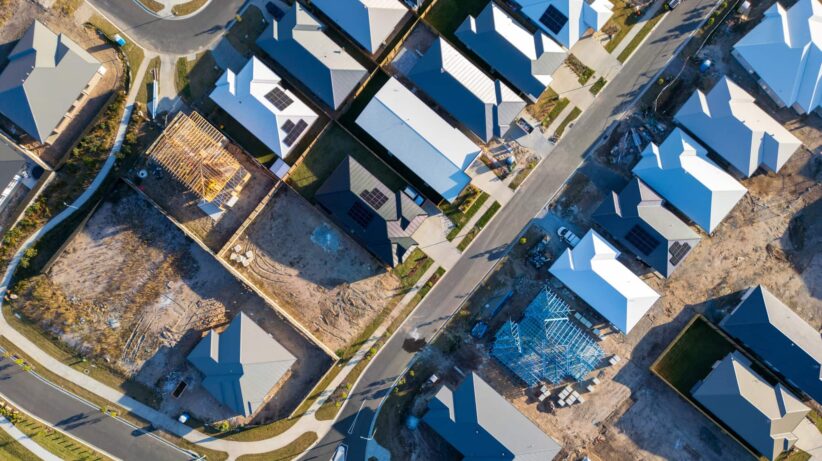Commercial success is more than a set of numbers. With an independent view of risks, opportunities and progress, we empower our clients to achieve sustainable long-term value and navigate fair solutions.
Whatever the shape of a project or program – from the biggest public–private partnerships to bespoke commercial developments – we help our clients achieve their commercial goals, empowered by the best information, inventive thinking and strategic advice.
Our independence, objectivity and market-leading expertise help safeguard our clients’ commercial success, from feasibility and bids through to construction, operations and disposal.
Driving commercial success
With us, our clients can be confident of their commercial outcomes – whether we’re engaged to support project or program structuring and transaction management, construction, operational commencement, or to act as Lender’s Technical Advisor, Independent Reviewer and Financier’s Certifier.
No matter the size or type of engagement, we make it our priority to understand all parties’ needs and aspirations. We know that when many stakeholders are involved, the potential for miscommunication or misunderstandings increases. This is why third-party objectivity is so important – and why our clients value the absolute impartiality of our advice, assessment, review and certification.
Independent commissioning
From project design through to building occupation, our independent commissioning management expertise helps our clients achieve the best possible environmental and energy performance in their new or existing buildings, going beyond ‘ticking the boxes’ to unlock sustainable value.
As an Independent Commissioning Agent (ICA), we provide an unbiased perspective of the commissioning process and a ‘soft landing’ to protect our clients’ interests. We’ll bring our extensive knowledge and continuous support to ensure assets live up to their full potential to attract savvy investors, purchasers and tenants.
Contracts, claims and disputes
Construction disputes can be time-consuming and costly. As experienced, independent construction cost and program professionals, we can support clients to develop their strategies as well as providing expert quantum and delay services during legal proceedings. Understanding the pressures faced by all parties, we work closely with clients and their legal teams to deliver timely and cost-effective resolutions.
When legal proceedings require expert witnesses, we can provide impartial reports, cost advice, and clear, authoritative expert testimony to meet the demands and deadlines of live projects and ongoing disputes.
We maintain a strong reputation and deliver positive outcomes through close collaboration, expert knowledge, timely action, and the highest standards of professional practice and confidentiality.
Download Capability Statement – Commercial Advisory (PDF) 3.43 MB






